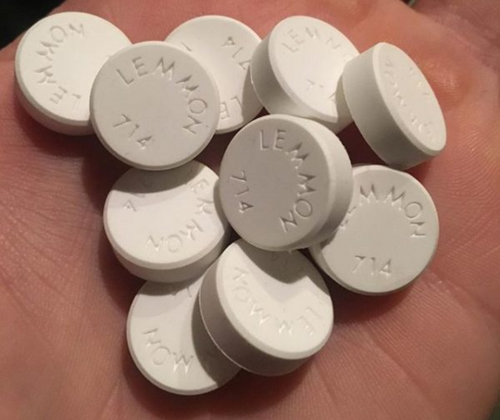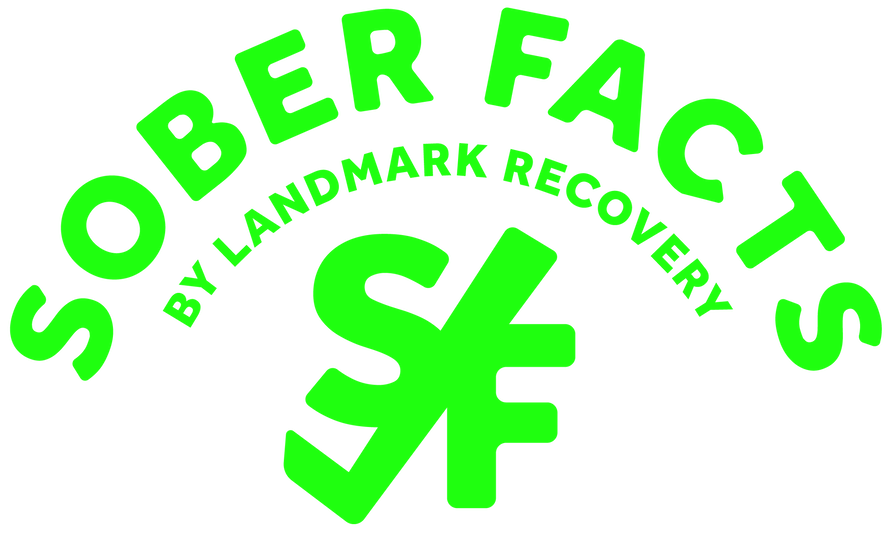Choosing recovery close to home means your support system is just a few miles away.
- 100% Confidential
- Available 24/7
- No Pressure to Commit
- Multiple Financial Options Available
Choosing recovery close to home means your support system is just a few miles away.

Sounds Like: meh.thuh.KWAH.lone
Classification: Barbiturate
Controlled Substance Act Schedule: I
Other names for Methaqualone

Methaqualone, the active ingredient in the common drug quaaludes (pronounced Kway.Lewd), is a synthetic drug with sedative properties. First synthesized in India in 1951, methaqualone belongs to the drug class barbiturates, or central nervous system (CNS) depressants. It works by binding to gamma-aminobutyric acid (GABA) receptors in the CNS, slowing brain activity and producing feelings of sedation throughout the body. As a result, small amounts of methaqualone can make users feel more lively, relaxed, sleepy and less anxious.
However, larger amounts of the drug can produce stimulating effects that can cause a lack of concentration, low blood pressure, and slow breathing and heart rate. Quaaludes became popular recreational drugs in the United States from the 1960s — often found in discos — until the 1980s, when the DEA outlawed methaqualone.
Quaaludes are no longer legally manufactured in the United States. However, underground labs still manufacture methaqualone in Mexico, South Africa, India and other parts of the world. When it was popular, methaqualone was commonly used with alcohol to create a “drunken, sleepy high” lasting up to six hours.
Although methaqualone isn’t as relevant as in past decades, it and other sedative depressants have a high potential for abuse and addiction. Methaqualone is similar to barbiturates, which work to relax users and induce sleep and are therefore habit-forming. Tolerance is easily developed, with people regularly using the drug to reduce anxiety and inhibitions (shyness).
Prolonged use of barbiturates can lead to withdrawal symptoms like anxiety or lack of appetite. As a result, some people might take higher doses of the drug to relieve the symptoms. For that reason, addiction experts recommend entering a medical detox program to safely clear the body of methaqualone or any other barbiturates.
Taking more of a barbiturate than prescribed, using it recreationally, or combining the drug with alcohol can lead to memory loss, impaired judgment or coordination, irritability and paranoia. Large amounts of the drug can lead to adverse reactions like weakened breathing, increased heart rate or coma, which are all signs of an overdose that could result in death.
Need help with Methaqualone or another drug addiction?
Call Landmark Recovery and speak with an admission specialist today.
Call NowWe're available 24/7 to help you find Recovery
Methaqualone use peaked in the 1960s and 1970s, when the drug was legally prescribed to treat insomnia (sleep problems), and also used as a muscle relaxant.
Methaqualone (quaalude) is taken in pill form or used in an HCL salt form.

Intense cravings for the drug
Unsuccessful attempts to reduce or stop taking the drug
Prioritizing the use of methaqualone over spending time with loved ones
Legal or financial problems
Stealing items or money to buy more of the drug
Inexplicable weight loss
Many celebrities and public figures have been linked to methaqualone/quaalude use, including Bill Cosby (The Cosby Show), Jordan Belfort (Wolf of Wall Street) and Roman Polanski (film director, The Pianist)